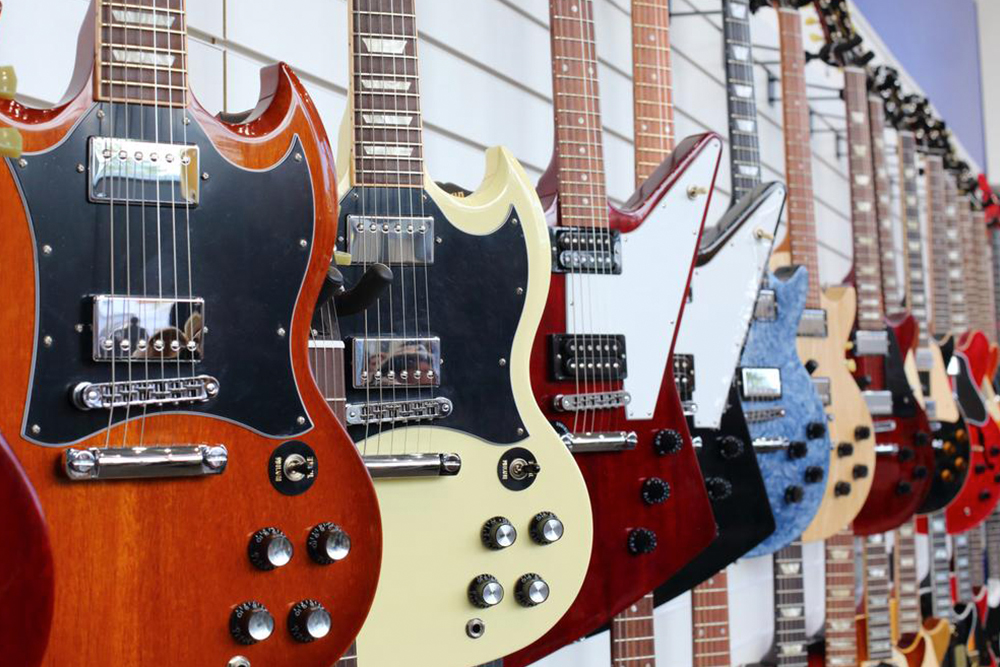Three basic types of electric guitars
The need for an amplification in musical instruments in the early half of the twentieth century, led to the invention of the magnificent electric guitar. Electric guitars have a wide range. Thanks to the little quirks and variations in pickups, bridges, fret sizes, neck radii, tone woods and tuners, every strum plays and sounds hugely different. To a newbie these nuances may not make sense, but to an experienced hand they make a world of a difference. If you are a newbie who gets puzzled by variety, here’s a basic run down of the types of electric guitars.
Hollow body guitars
These originated in the 1930 and had an electrified hollow roundish body.

Semi-hollow body
Introduced by Gibson in 1958, these guitars had a solid block of wood running through the center of the body.
Solid body guitar
Solid body guitars are made without sound boxes and rely totally on electric pickup systems that receive vibrations directly. These electric guitars are the most versatile and are instrumental in creating new genres of music like heavy metal, country music, blues and rock. These guitars have their bodies made of woods like ash, alder maple, mahogany, rosewood and the like. The most common type of solid body guitar is made up of ash and alder.
All these guitars have their characteristics features and nuances that make sense to individual players based on their sensibility, style and genres. However, to a novice these differences may be insignificant. If tweaks and nuances fancy you, go ahead and try your hand at learning any one of the guitars and experience the difference for yourself!

